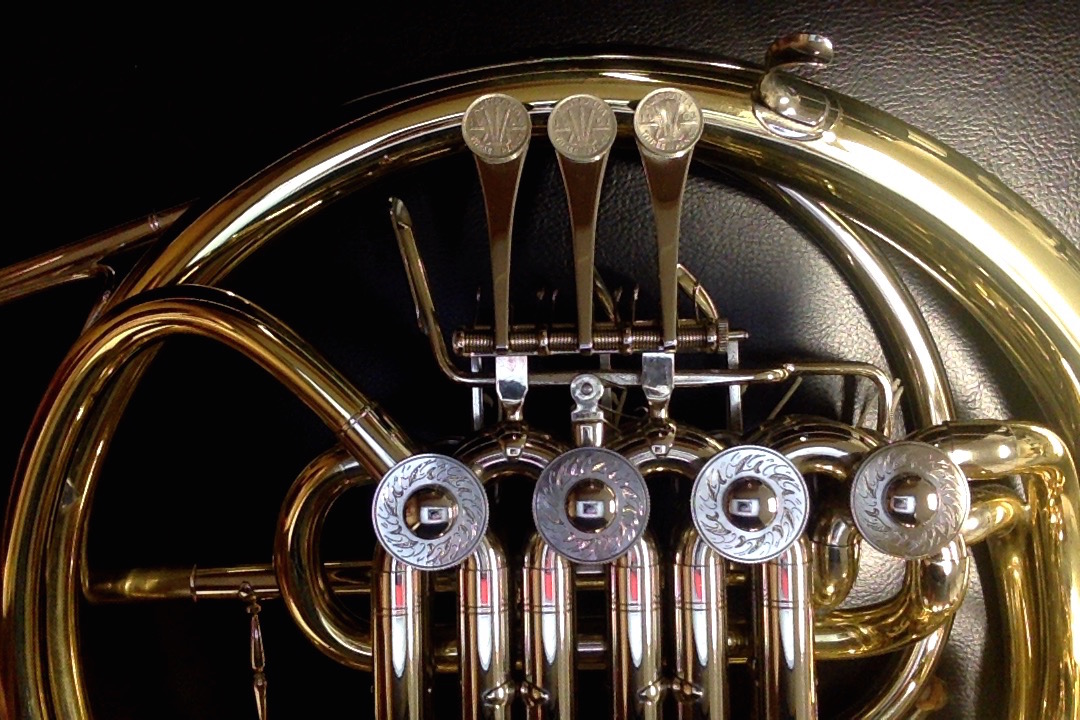Horn keys can be customizable in several ways, one of the most common ones is the use of coins. You might use coins on your horn for several reasons like: the adjustment of the individual distance of each finger according to your own hand or mainly an aesthetically reason, but in cases like mine it helps me to keep my fingers firmly on the keys, avoiding them to slip and change place. For this kind of use you should choose small coins, silver coins if possible, as they offer better protection against corrosion. There's only a problem unfortunately, most of the silver coins are too big or too expensive, as this metal is commonly used for commemorative coins.
However, in the last century there were small silver coins used as currency. For exame the three pence silver coins used in Australia that can be found on eBay or on a numismatic house at an affordable price. These coins are almost the same diameter of 1 cent euro coins, but they have about half of the thickness.
These coins can be fixed by solder or superglue, and both processes should be carefully carried out in order to avoid damaging your instrument or gluing your fingers.
I've already used these coins on an Alexander 403 and now on a Schmid Double, and I can assure you that they give a great help to a better grip, even when the fingers are sweating. For better results, you should choose the side of the coin with more texture.
It will depend on your personal sensation, and the type of horn you are using, so I recommend that you first try it using a non-permanent fixation process such as double-sided tape or a rubber band. This way if for any reason you are not satisfied, you can simply remove the coins and choose another path, that suits you better.
I usually do a simple exercise with my students, which consist in placing a coin between the keys and fingers, in order to avoid raising the last ones. I remember once a funny situation, where a student told me "That's not fair teacher, you are cheating because yours are glued!"

